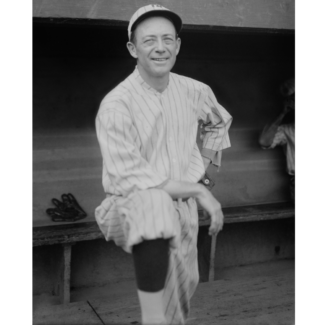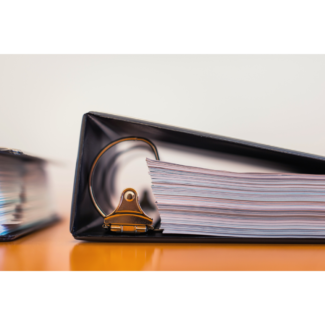 What makes your baseball cards valuable:
What makes your baseball cards valuable:
- Is there a rare error that was quickly connected?
- Is the card a rookie card?
- How common/uncommon is the card?
- What condition is the card in?
- How popular is the player right now?
- Is that player in the hall of fame?
- What company produced the card?
- Is the card autographed?
These are all factors that can make a big difference. Vintage cards are much harder to find, much rarer, and harder to find in good condition. Some years companies produced fewer “rookie decks” than other companies. This is why an Upper Deck Ken Griffey Jr. rookie card is worth way more than Fleer or Donruss rookie card.



 To better determine the value of your cards, place them into three different categories. The first category is modern cards, or cards that were produced from the 1970s to the present. Then your next category is post-war cards, or cards produced between 1948 and 1969
To better determine the value of your cards, place them into three different categories. The first category is modern cards, or cards that were produced from the 1970s to the present. Then your next category is post-war cards, or cards produced between 1948 and 1969 A great way to showcase a larger collection of hand-selected cards is by organizing them in a binder. Purchase a binder and pocket protection pages.
A great way to showcase a larger collection of hand-selected cards is by organizing them in a binder. Purchase a binder and pocket protection pages. Organize your baseball cards by brand and year. Start with the oldest, most valuable cards, and move to the newer, less valuable cards.
Organize your baseball cards by brand and year. Start with the oldest, most valuable cards, and move to the newer, less valuable cards.